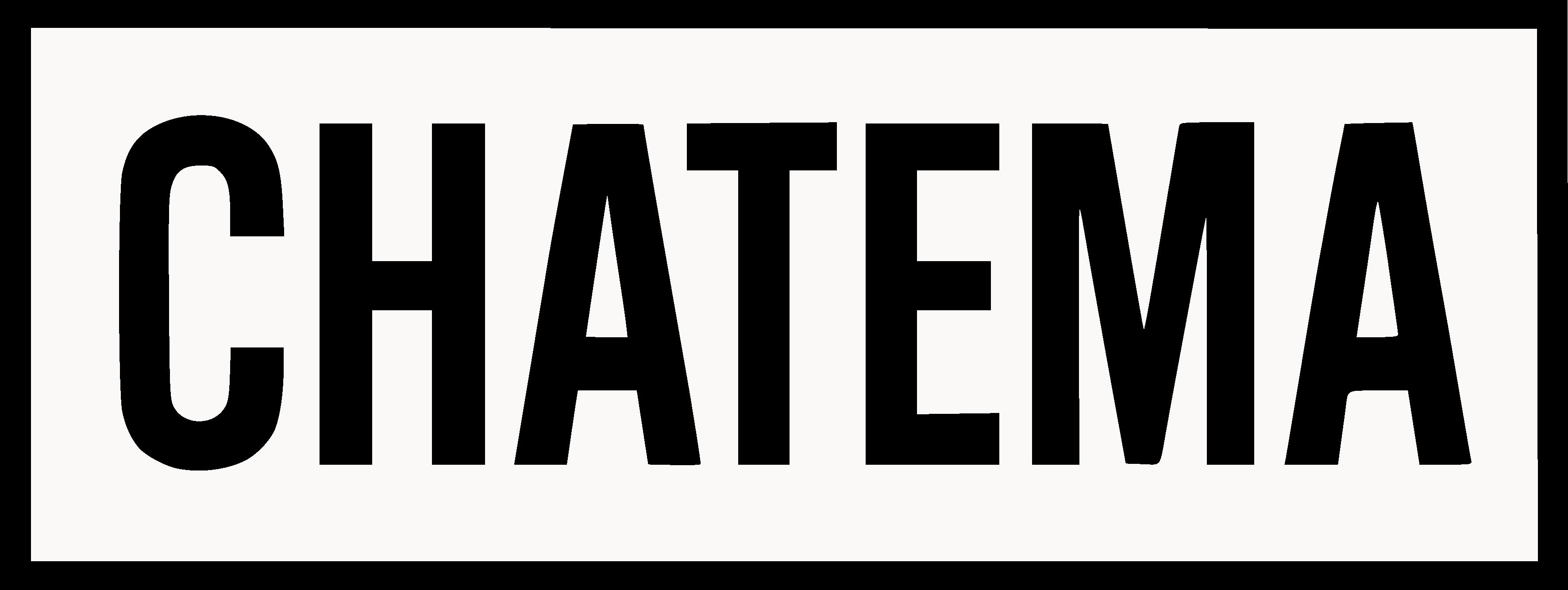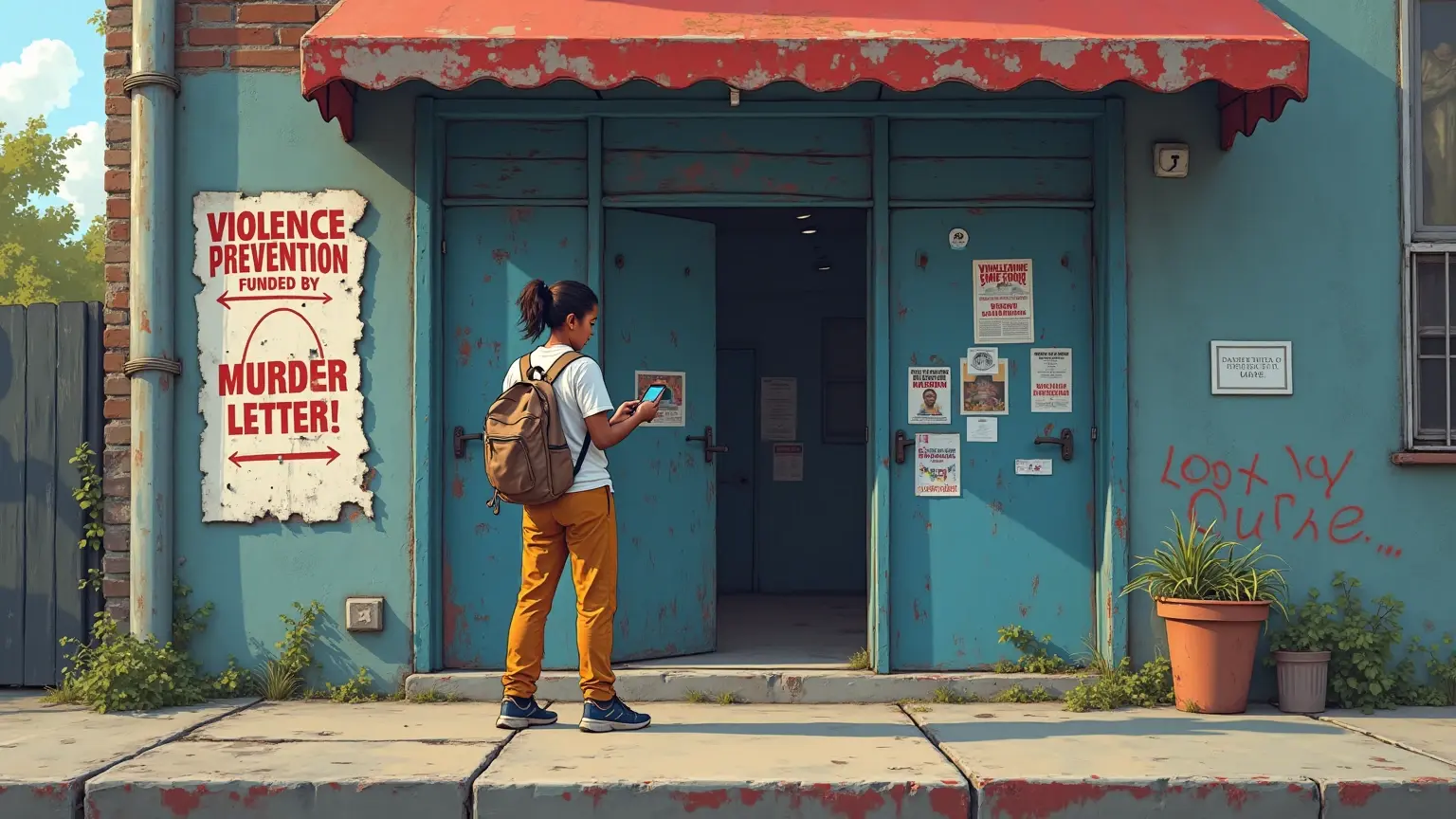A sweeping rollback of nearly $1 billion in federal violence-prevention funding has ignited alarm across public safety circles. Programs designed to reduce gun violence, support at-risk youth, and strengthen community trust may now be on the chopping block.
What’s Being Cut—and Who’s at Risk
The rescinded grants targeted dozens of local initiatives: from neighborhood violence interrupters to trauma-informed school programs. Cities like Chicago, Baltimore, and Oakland—where gun violence saw major declines in early 2025—now face looming funding gaps that could reverse those hard-won gains.
Spoiler
Internal memos suggest some rescinded grants may be redirected toward AI-based surveillance tools—a move that raises both efficacy and ethical questions.
A Shift in Priorities or a Policy Misstep?
Justice Department officials cite ‘realignment of budgetary priorities,’ pointing toward enforcement-based strategies over community-led prevention. Critics argue the cuts are shortsighted, jeopardizing innovative efforts that have shown measurable results. Local leaders warn the reversal could cost more in lives and future interventions than it saves in dollars.
Opinion
Pulling back on violence prevention just as results emerge is a strategic paradox. Evidence-based programs thrive on consistency; sudden funding voids risk unravelling years of trust-building and community progress.
Conclusion
With billions spent on enforcement, the rollback of community prevention efforts sends a mixed message. Whether cities can maintain progress without federal backing remains a high-stakes question for 2025 and beyond.
Frequently Asked Questions
- Why were the violence prevention grants cut?
- The Justice Department cited budget realignment, favoring enforcement and surveillance over community-based prevention programs.
- What kind of programs are affected?
- Grants supported youth outreach, violence interrupters, restorative justice, and trauma-informed care—now facing potential shutdowns.





Expert Comment